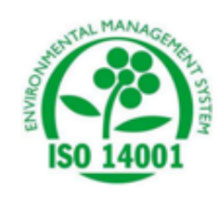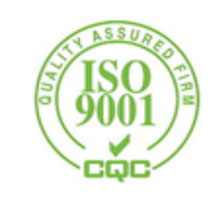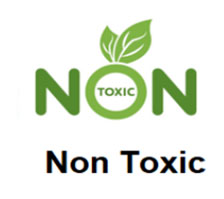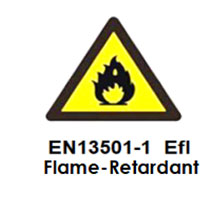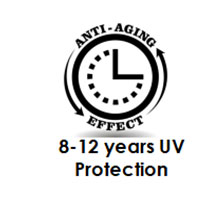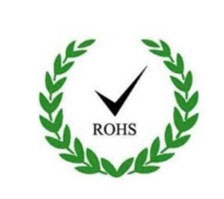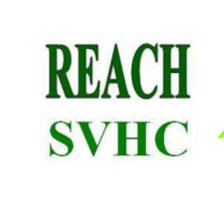Turf Introduction
Whether a cheap artificial turf is worth purchasing
2024-06-14
The question of whether a cheap artificial turf is worth purchasing often depends on specific factors related to its intended use, durability, and quality. Here are some key considerations to help you make a decision:
**Cost vs. Quality**:
* A low price tag can be attractive, but it's essential to assess the quality of the turf. Cheap artificial turf may have a shorter lifespan and be more prone to fading, fraying, or deformation.
* High-quality turf, even if more expensive initially, often offers better durability and performance, justifying the investment over time.
**Intended Use**:
* Consider how you plan to use the artificial turf. If it's for a temporary project or low-traffic areas, a cheaper option might suffice.
* However, for high-traffic areas like playgrounds or sports fields, investing in more durable, higher-quality turf is crucial for safety and longevity.
**Maintenance and Replacement Costs**:
* Cheaper turf may require more frequent maintenance, such as brushing or infill replacement, due to its inferior materials.
* Long-term, the cost of maintaining and potentially replacing cheap turf can add up, potentially exceeding the initial savings.
**Environmental Impact**:
* Some cheap artificial turfs may have higher environmental impacts, using less sustainable materials in their manufacturing process.
* Opting for turf made from recycled materials or those with lower environmental footprints can be a more sustainable choice.
**Customer Reviews and Warranties**:
* Reading customer reviews and understanding the manufacturer's warranty can provide valuable insights into the quality and reliability of the turf.
* A good warranty can offer peace of mind and protection against potential issues down the line.
In summary, while a cheap artificial turf may seem appealing initially, it's important to consider its long-term durability, performance, and potential maintenance costs. In some cases, investing in a higher-quality turf may be a more cost-effective and sustainable choice.


